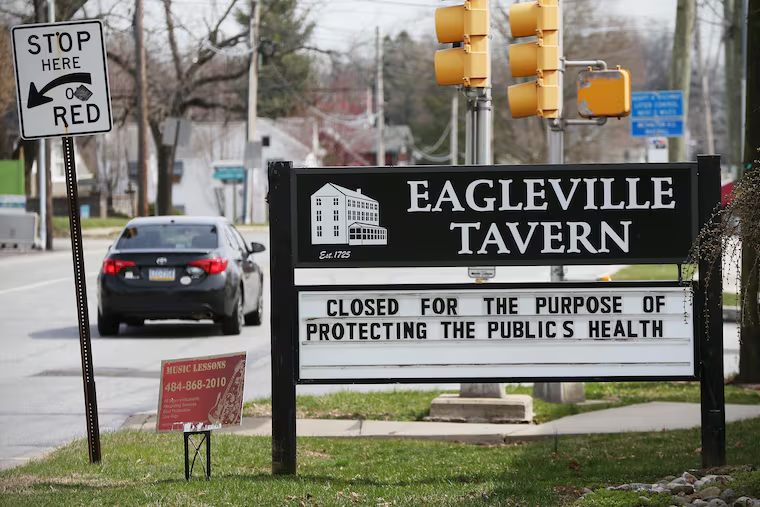Coronavirus shutdown was needed, but unseen health risks of restrictions need consideration | Expert Opinion
The limits of telemedicine and an increase in sedentary lifestyles are two downsides to the shutdown.

The limits of telemedicine and an increase in sedentary lifestyles are two downsides to the shutdown.
